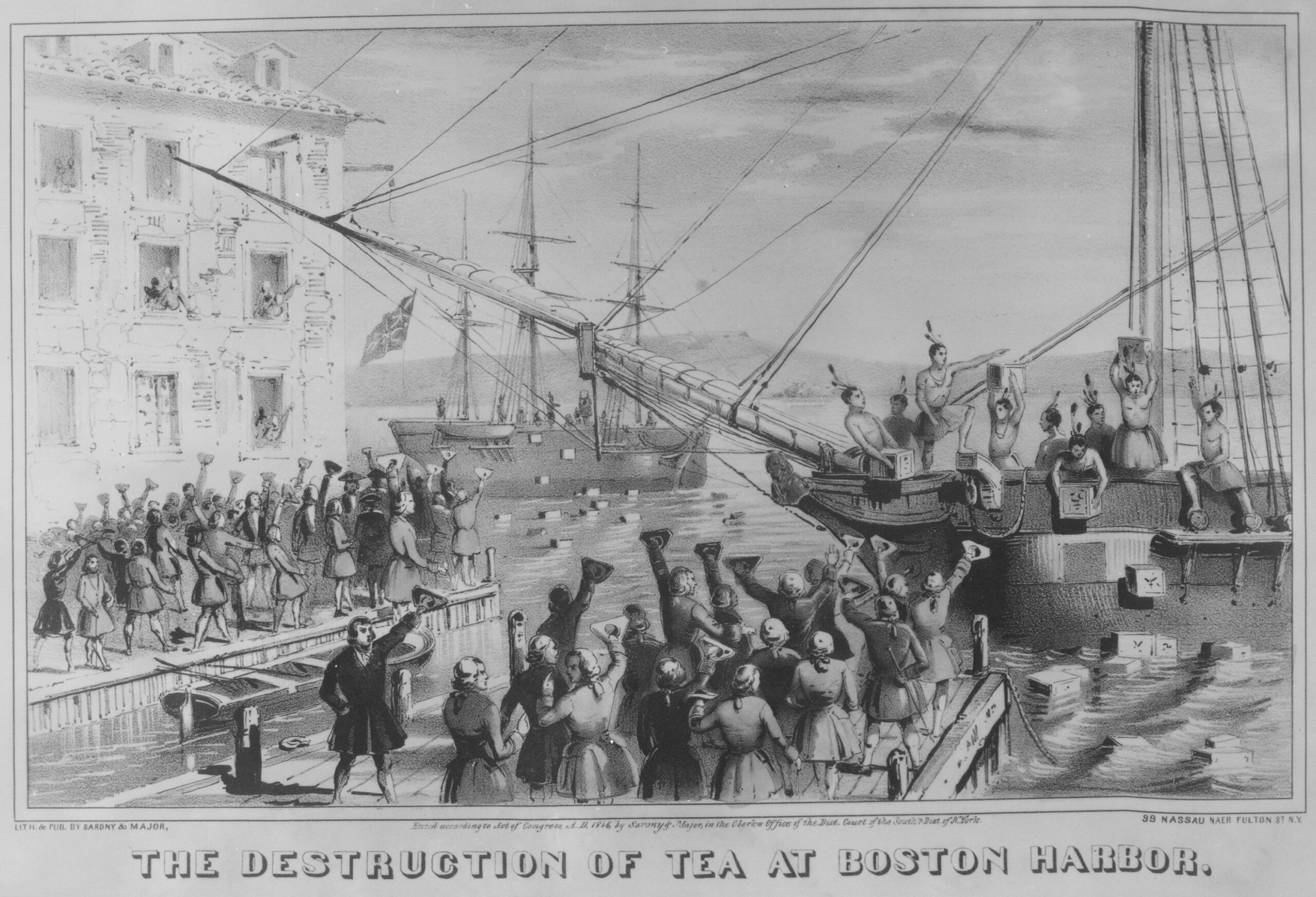Norway: Waterfalls and Endless Freshwater

Norway stands out as a country practically dripping with water. With over 450,000 lakes and countless rivers, water is everywhere you look. The country’s jagged coastline is famous for its fjords, carved by ancient glaciers and filled with crystal-clear water. Norwegians enjoy some of the cleanest tap water in the world, thanks to strict environmental policies and abundant rainfall, which on average reaches 1,480 mm per year. Hydroelectric power accounts for more than 90% of Norway’s electricity, a testament to its water wealth. Even in dry summers, the country rarely faces shortages. Fishing, tourism, and agriculture all benefit from Norway’s reliable water resources. The government continues to invest in water conservation and quality, ensuring this abundance lasts.
Canada: A Land of Lakes and Rivers

Canada is home to about 20% of the world’s freshwater supply, a staggering fact given its modest population. The country has more than two million lakes and the mighty St. Lawrence River, not to mention the Great Lakes—shared with the United States—which are the largest freshwater system on the planet. Canadians use water for everything from hydroelectric power to agriculture, and the average Canadian consumes around 329 liters per day. There is a growing awareness of the need to protect these resources, especially as climate change brings unpredictable weather patterns. Recent studies show that northern Canada’s glaciers are melting faster than ever, adding to lakes but changing ecosystems. Despite isolated water advisories in remote communities, Canada as a whole is a water-rich nation.
Brazil: The Amazon’s Blue Heart

Brazil holds the title for the most renewable freshwater resources in the world, thanks in large part to the Amazon River. The Amazon basin alone contains about 20% of the planet’s river water, and Brazil’s total annual rainfall averages 1,782 mm. This water wealth supports agriculture, hydroelectricity (which powers about 65% of the country’s energy needs), and massive biodiversity. Yet, there are challenges: pollution, deforestation, and uneven distribution mean some regions face shortages, while others flood. Major cities like São Paulo occasionally struggle with droughts, but overall, Brazil remains a nation where water is both a blessing and a responsibility. Scientists and environmentalists are pushing for stronger protection of the Amazon to sustain this crucial water source.
New Zealand: Pure Streams and Mountain Lakes

New Zealand is often pictured as a land of green hills and rushing streams. With average annual rainfall ranging from 640mm in the south to over 6,000mm in the west, water seems to fall from the sky in abundance. Iconic lakes like Taupō and rivers like the Waikato help generate nearly 60% of the nation’s electricity through hydropower. Water is a cornerstone of New Zealand’s famous agriculture and dairy industries, which rely on clean rivers for irrigation. However, environmental groups warn of threats from intensive farming and urban growth, which can pollute waterways. The government is working to balance economic growth with water conservation, drawing on traditional Māori views of water as a living treasure.
Russia: Rivers That Cross Continents

Russia’s vast landscape is crisscrossed by some of the world’s longest rivers, including the Volga, Lena, and Yenisei. The country’s lakes are legendary—Lake Baikal alone contains about 20% of the world’s unfrozen freshwater. Russia receives an average of 460 mm of precipitation a year, and its water resources are estimated at 4,500 cubic kilometers. These rivers and lakes support massive industries and provide drinking water to millions. However, issues such as pollution from factories and outdated infrastructure threaten some regions. In Siberia, melting permafrost is changing the flow of rivers, but overall, Russia’s water resources remain among the world’s richest.
Democratic Republic of Congo: Africa’s Water Giant

The Democratic Republic of Congo (DRC) is sometimes called Africa’s water tower. The Congo River, the world’s second largest by volume, flows through dense rainforest and sustains millions. The country’s rainfall averages 1,600 mm per year, and over 50% of Africa’s freshwater reserves are located here. Despite this, many people in rural areas lack access to clean drinking water due to inadequate infrastructure. The government and international organizations are working to improve water delivery systems, but conflict and poverty have slowed progress. Nevertheless, the DRC’s vast water resources are vital to the continent, supporting fisheries, agriculture, and hydropower projects like the Inga Dam.



